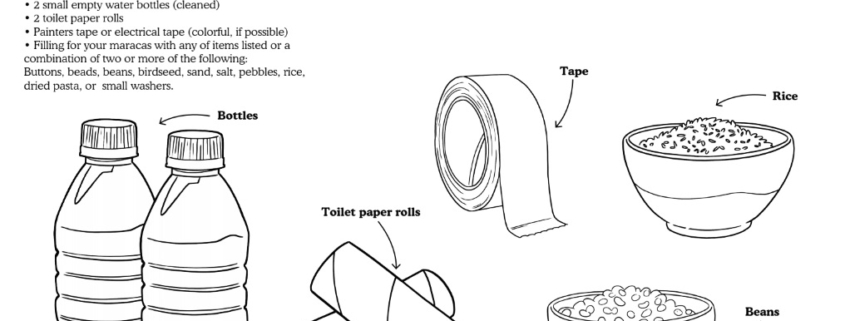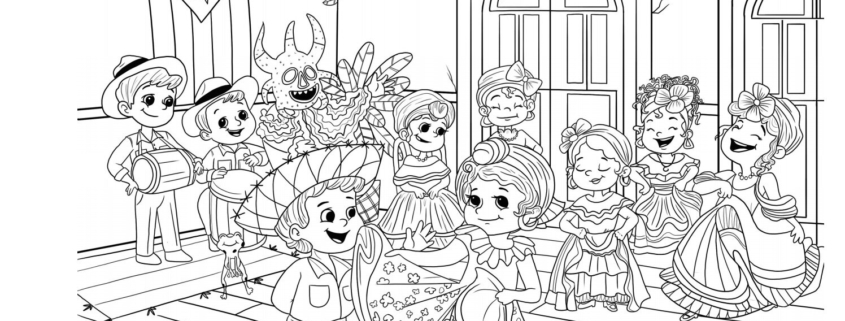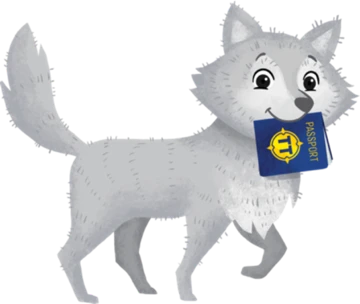In today’s lesson, we will explore more genres of music from the Caribbean islands and learn how to make your own pair of maracas with recycled objects.
Maracas, also known as rumba shakers or chac-chacs, belong to the percussion family of musical instruments. They are traditionally made from gourds, a type of fruit! Percussion instruments help to keep the beat and rhythms of songs. They include drums, like the conga, steel drums, and the pandeiro. They also include instruments like the cowbell and agogo that make hollow bell sounds. The guiro, also known as a scraper, is also in the percussion family. Some percussion instruments like the boleador keep a steady beat, while other percussion instruments build on those beats and sometimes improvise on top of the steady beats. When musicians improvise, they play what feels right as it goes along with the sounds that other musicians are making in the moment.
Today, you will make your own set of maracas or chac-chacs! The word “maraca” is believed to come from the native people of Central and South America. In the Caribbean islands such as Grenada, Martinique, and Trinidad, they do not use the term maracas. Instead, they are called chac-chacs. Chac-chacs can be heard in musical genres like Calypso.
When you are done making your maracas or chac-chacs, find a song to improvise to. You can find a favorite song or find one on our Tiny Travelers Caribbean Islands music playlist here See if you can match to the steady beat using your maracas. Then, see if you can improvise! Most of all, have fun while you get down and shake!











